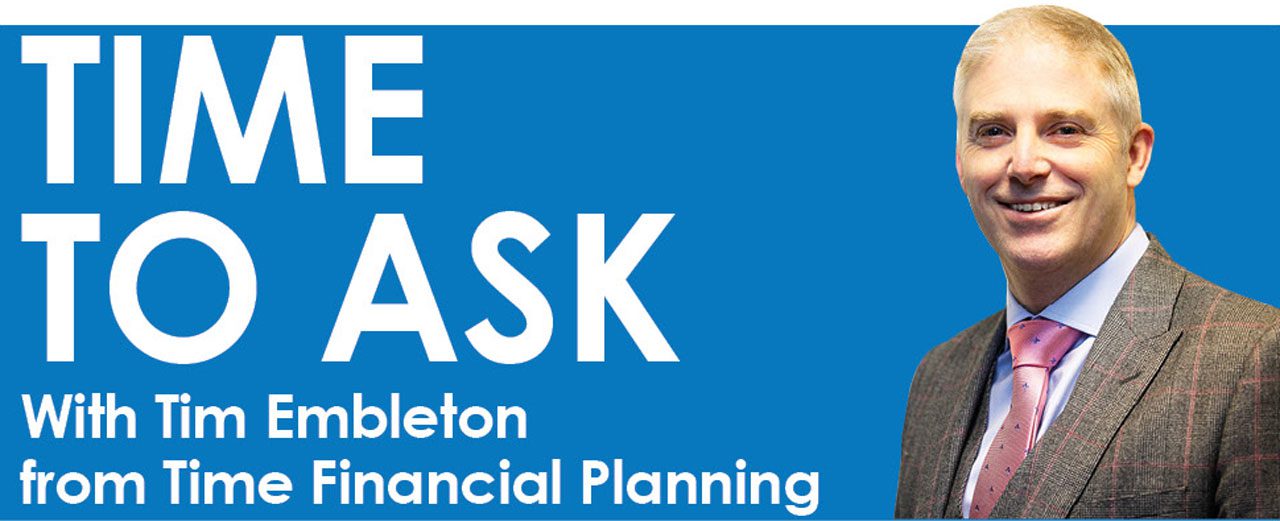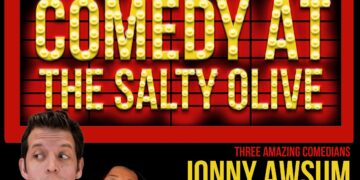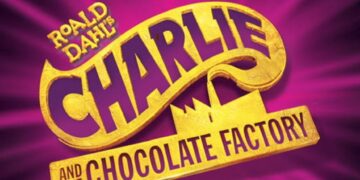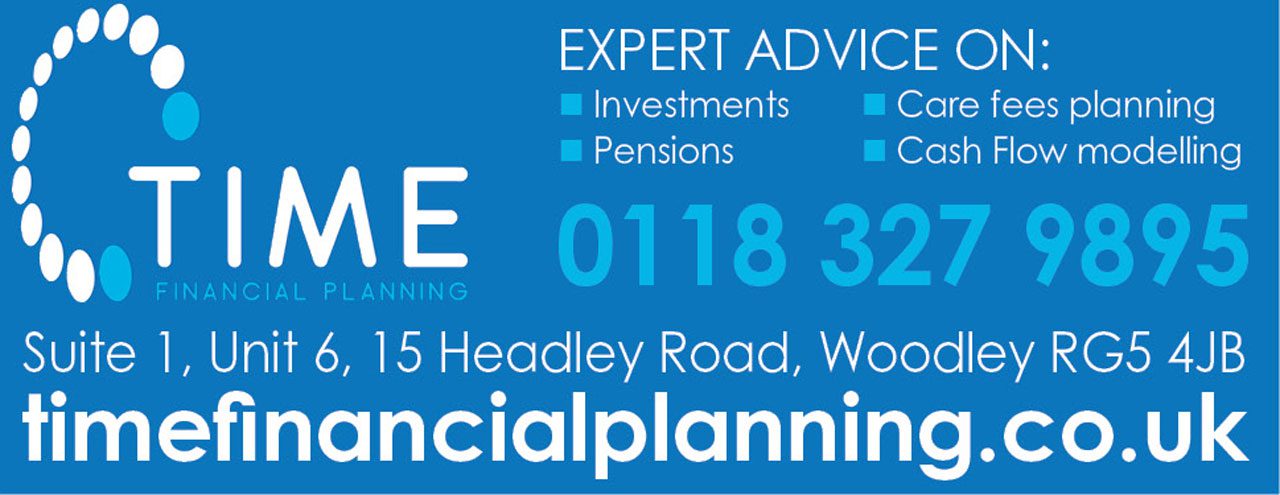
I understand I can reduce my Inheritance Tax (IHT) liability through business relief. How does this work?
Before we get to the detail, I’ll start with a brief history of Business Relief (BR). BR (previously known as Business Property Relief) was introduced by the 1976 Finance Act.
What’s interesting is that the rules around BR have been extended in recent years rather than tightened and current Government policy points towards BR being a good thing.
The word property was removed from the title because it’s misleading. Most people think of property as bricks and mortar but actually business property is typically shares.
This means that all you need to do to take advantage of BR is own shares in a business that carries out a qualifying trade.
There are certain restrictions and not all companies qualify for BR, such as main listed companies for example, but it’s possible to buy qualifying shares through a fund manager.
To qualify for the IHT benefits you need to hold the asset for more than two years before your death and still hold it when you die. Then, that money is zero rated for IHT purposes.
It’s as simple as that and the beauty here is that the IHT efficiency happens in two years, not seven as with the IHT Potentially Exempt Transfer (PET) gifting rules. Also, the money remains yours – you haven’t given it away like you have with a PET or a trust.
The BR arrangement often suits people who are aging and may not have seven years to live or are worried about needing money back for care fees.
TIM EMBLETON
Time Financial Planning Limited is an appointed representative of The On-Line Partnership Limited which is authorised and regulated by the Financial Conduct Authority.
Trusts, Estate Planning and Taxation advice are not regulated by the Financial Conduct Authority.
This is sponsored content

















































